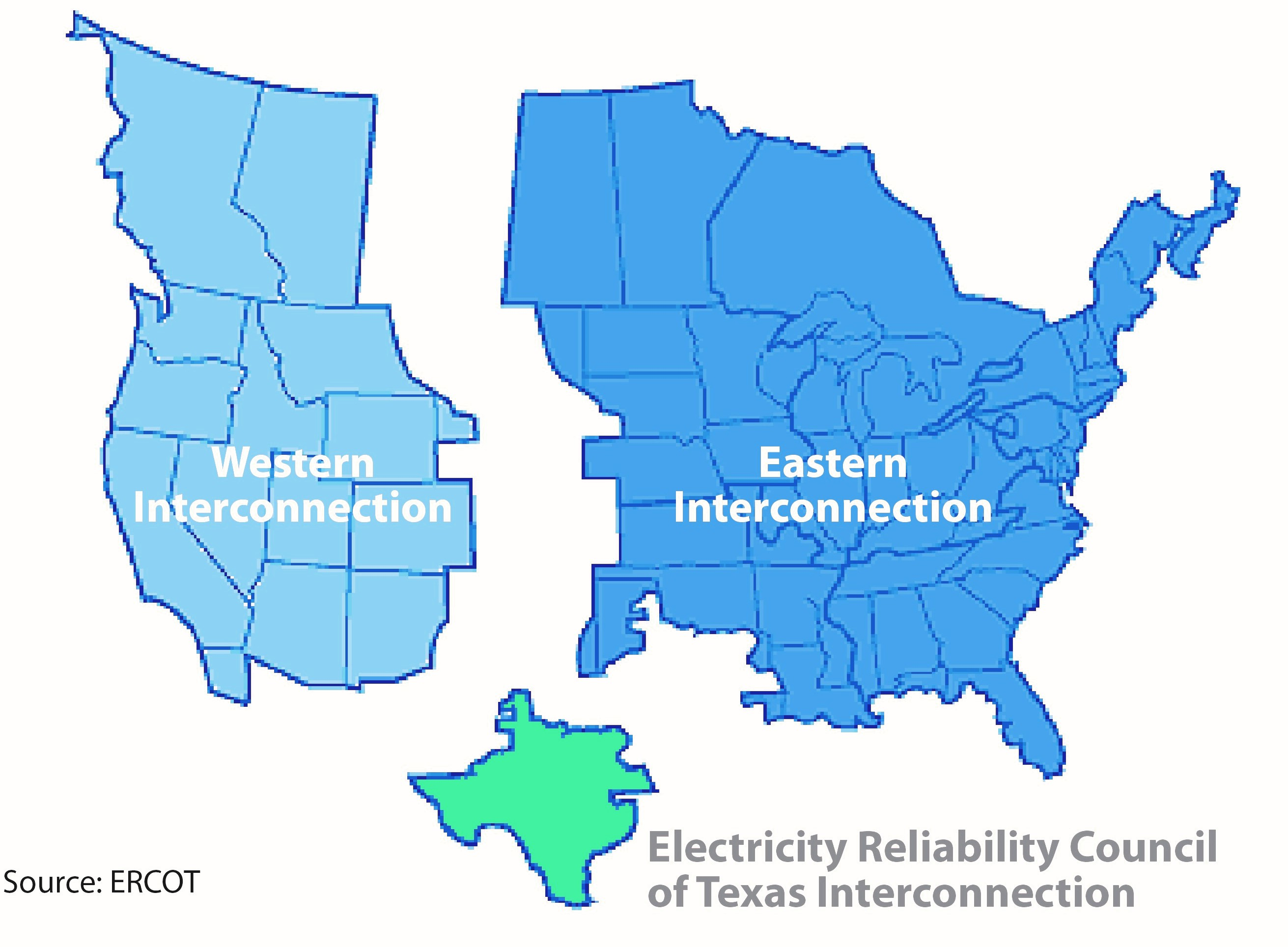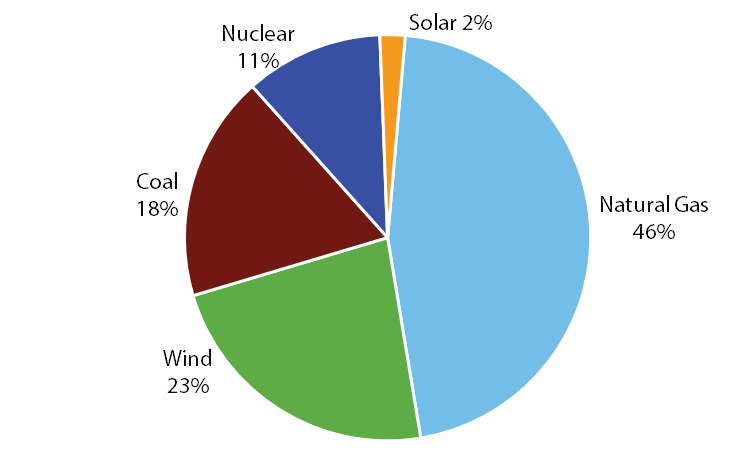Blog Post
Insight: The Freeze in Texas
By: Tom Holst
Note: The opinions expressed are those of the author alone and do not reflect an institutional position of the Gardner Institute. We hope the opinions shared contribute to the marketplace of ideas and help people as they formulate their own INFORMED DECISIONS™.
Apr 1, 2021 – The February winter storm that blanketed snow on the U.S. put a spotlight on our nation’s electricity grid. While the grid functioned in surrounding states, it failed in Texas, causing 4 million households to go without power and many to lose access to safe drinking water.
Electric power is produced by energy sources ranging from nuclear to fossil fuels to renewables. More importantly, the electricity grid of transformers, substations, and power lines connects electricity producers with electricity consumers.
What caused failure in the Texas electricity grid while other states maintained functioning grids? The U.S. electricity grid operates in three segments shown in Figure 1. Of the contiguous 48 states, Texas is the only state with a standalone electricity grid. When Texas power generation fails, the state cannot import electricity from outside its borders.
Figure 1: United States Electricity Grid
Why did the Texas grid fail? Texas politicians initially blamed renewable energy sources, such as wind, for the blackouts. However, wind accounts for only 23% of Texas’s electricity generation (see Figure 2). Natural gas, coal, and nuclear should have filled the generation gap. While wind turbines in Texas did freeze, so did equipment at natural gas operations, one nuclear plant, and transmission lines.
Figure 2: Electricity Sources in Texas
Source: Electric Reliability Council of Texas
The Electric Reliability Council of Texas (ERCOT), which operates the Texas grid, did not forecast increased electricity demand during February’s winter storm although warnings of severe weather came the previous week. Furthermore, while extreme cold weather in 2011 caused ERCOT to acknowledge the need for weatherizing natural gas wells and pipelines, no implementation occurred. One observer noted, “We’ve watched this movie before and the sequel is worse than the original.”
What are the pros and cons of having an independent electricity grid? It is not subject to federal rules. On the one hand, the state’s deregulated power market provides Texans with electricity at a rate lower than the national average. On the other hand, Texas does not have a “capacity market mechanism” ensuring availability of extra power for surging demand during events such as the February winter storm.
Could extreme cold weather cause Utah’s electricity grid to fail? First, Utah has interconnections with utilities in neighboring states. Second, Western Interconnection members hold energy in reserve for extreme weather contingencies. Finally, Rocky Mountain Power’s renewable and thermal generation units are weatherized to handle colder conditions than those in Texas. As a result, electricity grid failure in Utah is unlikely.
Texas may need to rethink its go-it-alone grid strategy—a difficult conversation in a state producing more crude oil than every country in the world except Russia, Saudi Arabia, and Iraq.
Thomas Holst is the senior energy analyst at the Kem C. Gardner Policy Institute.








